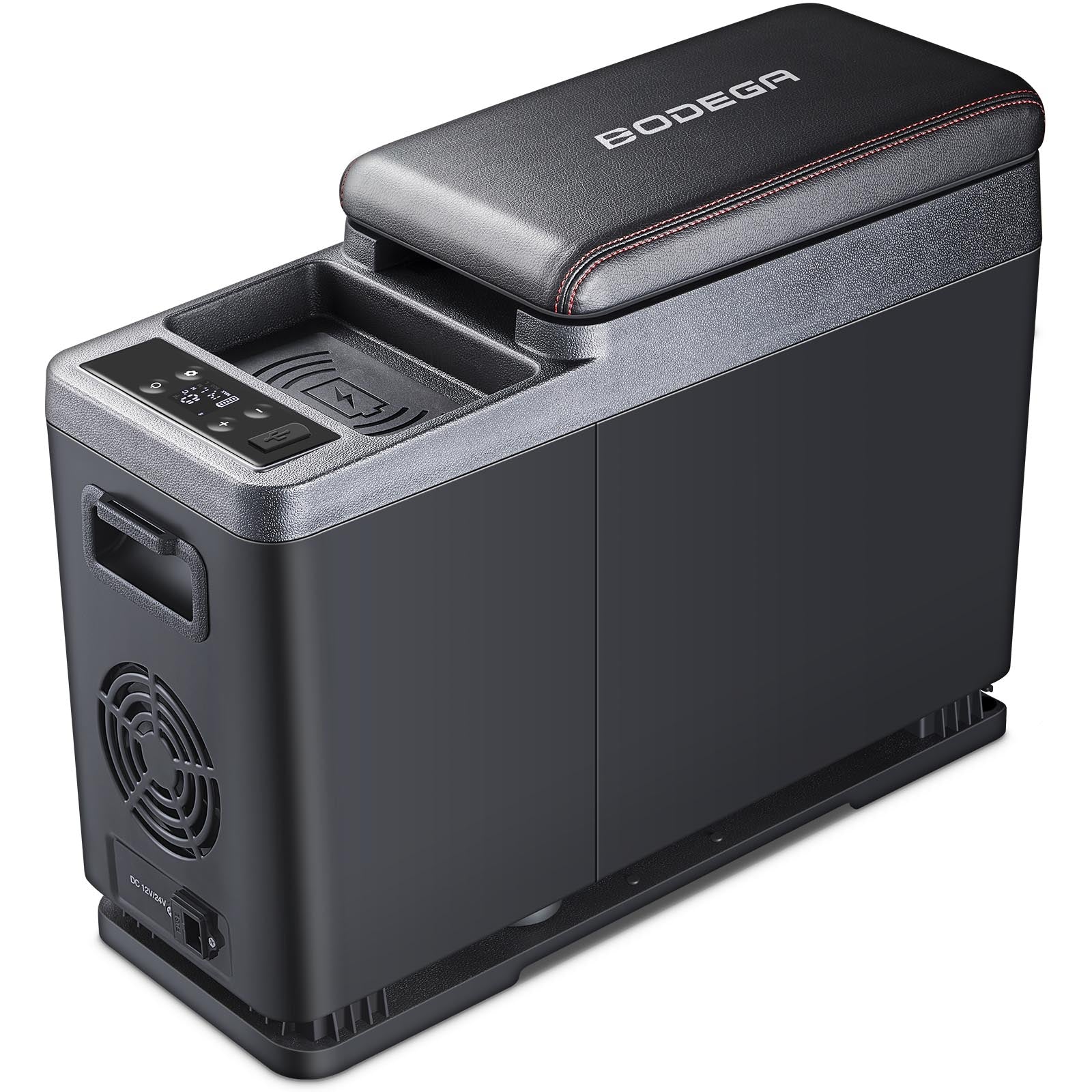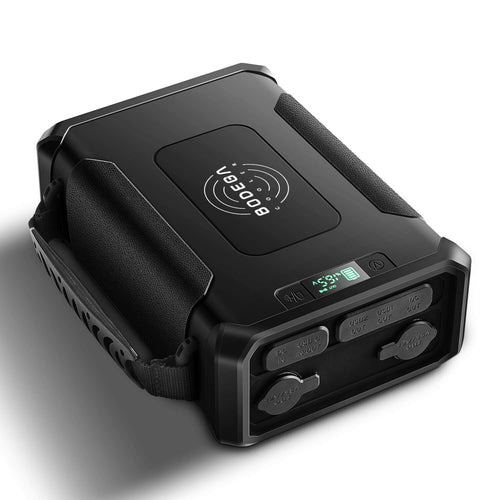Imagine the freedom of keeping your beverages cool or snacks fresh during a long road trip. It's not a distant dream but a reality with the right equipment. In this guide, we uncover the essentials for running a fridge in your car, transforming your vehicle into a mobile chill zone.
Chilling on the Go - A 12V Power Options
Running a fridge in your car primarily revolves around the 12V power supply, commonly derived from your vehicle's cigarette lighter socket. Here's what you need:
1. Car Fridge:
- Invest in a quality car fridge that suits your storage needs. These fridges come in various sizes, from compact coolers to larger capacities with freezer compartments. Compact coolers are perfect for short trips, while larger fridges with additional features suit longer journeys.

2. 12V Power Cable:
- Ensure your car fridge comes equipped with a 12V power cable designed to plug into your vehicle's cigarette lighter socket. This makes the setup straightforward and hassle-free. Some models, however, offer dual power options, allowing you to switch between 12V DC and 110V AC power sources.

3. Power Station Compatibility:
- For added flexibility, consider a portable power station. Some car fridges can be connected to these power stations, providing an alternative power source for situations where the vehicle is turned off.

4. Energy Efficiency:
- Look for energy-efficient models that won't excessively drain your car battery. Many modern car fridges are designed with advanced insulation and low-power consumption features.
5. Temperature Monitoring:
- Invest in a temperature monitoring device or a fridge thermometer. This helps you keep track of the internal temperature, ensuring your perishables stay appropriately chilled.
Read more: How Long Can a Car Fridge Run on Car Battery Without Draining The Battery?
Installation and Security: Setting Up for a Smooth Ride
Proper installation and securing of your car fridge are crucial for both functionality and safety.
1. Secure Placement:
- Place the fridge in a secure location, ensuring it won't tip over during sudden stops or turns. Use straps or other securing methods to keep it firmly in place.
2. Ventilation Considerations:
- Allow sufficient space around the fridge for proper ventilation. Blocking vents can lead to overheating, affecting the fridge's performance.
3. Power Management:
- Implement smart power management practices. Avoid running the fridge for extended periods with the engine off to prevent excessive battery drainage.
4. Securing the Fridge:
- Use straps or other securing methods to prevent the fridge from moving during sudden stops or turns. This not only ensures safety but also protects the fridge from potential damage.
Read more: How to Install a Car Refrigerator - 5 Methods for Installation
Optimizing Your Car's Battery: Smart Power Management
While a car's battery is designed to handle standard electrical loads, prolonged use of a car fridge can impact the battery. Implement these strategies:
1. Engine Running:
- When possible, run the car engine periodically to recharge the battery, especially during longer stops.
2. Low Voltage Protection:
- Invest in a car fridge with low voltage protection features. This prevents the fridge from draining the battery excessively and ensures your car starts without issues.
Read more: How to Set Portable Refrigerator Battery Protection's Mode?
3. Portable Power Stations:
- For extended stops or camping, consider using a portable power station. This provides a separate power source and prevents draining the car battery.
Conclusion: Enjoy the Cool Journey
Equipping your car with a fridge opens up a world of possibilities for road trips, camping adventures, or simply staying refreshed on the go. By understanding the essentials and optimizing your setup, you're ready to embark on a cool journey wherever the road takes you.
FAQs
Q1: Can I run a car fridge while the vehicle is turned off?
Yes, you can, but it's essential to monitor the car battery to prevent excessive draining. Consider using a portable power station for longer stops.
Q2: Are there car fridges that can switch between 12V and 110V power sources?
Yes, some car fridges come with dual power options, allowing them to be powered by both 12V and standard household outlets.
Q3: What's the optimal temperature for a car fridge?
Typically, car fridges should be set to maintain an internal temperature of around 35-40°F (1-4°C) to ensure food safety and freshness.
Q4: Can I use a regular household extension cord for my car fridge?
It's not recommended. Always use the provided 12V power cable or a suitable extension cord designed for car fridges.
Q5: Are there solar-powered options for running a car fridge?
Yes, some portable power stations have solar input capabilities, allowing you to recharge them using solar panels for a sustainable power source.







